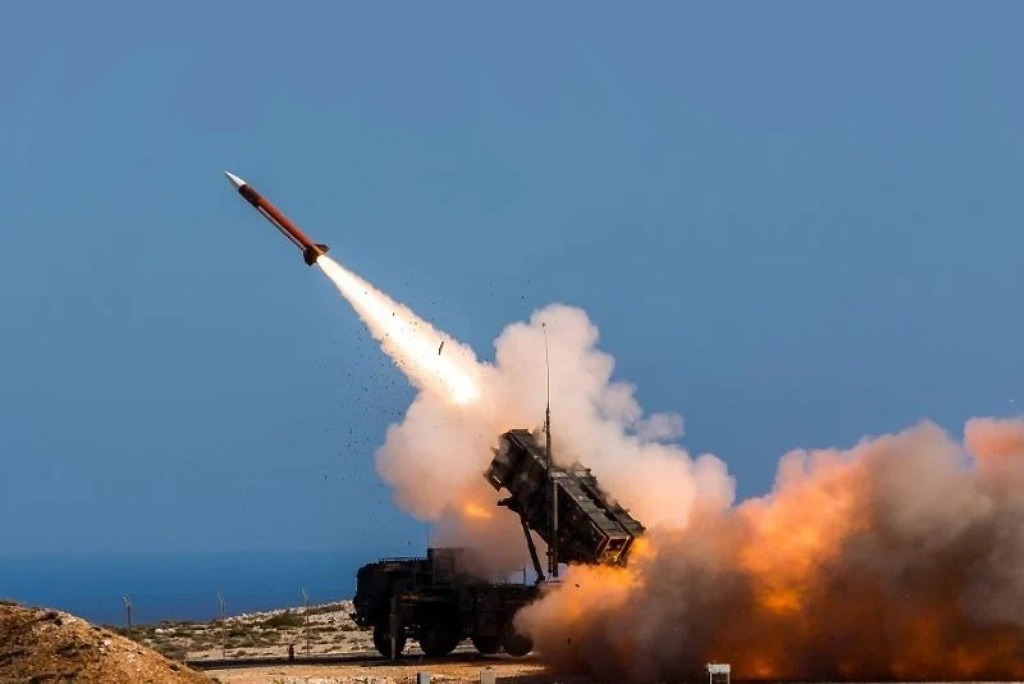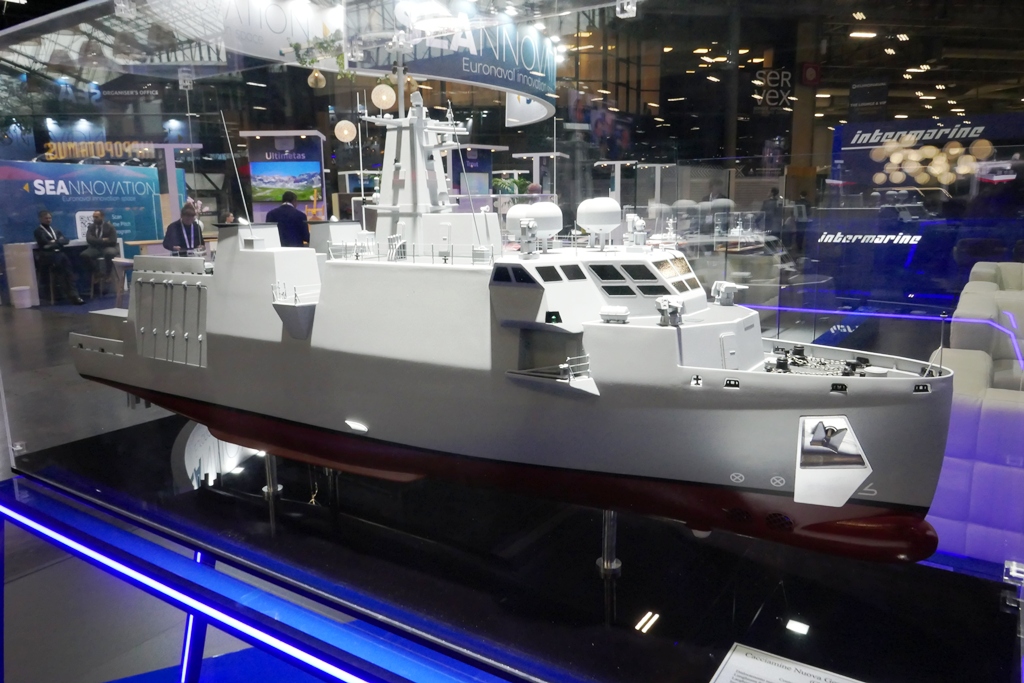Advancements in Autonomous Underwater Operations: NATO Exercises Highlight Cutting-Edge Technologies
Overview of the Dynamic Messenger and REPMUS Exercises
In late September, NATO conducted significant maritime exercises near Sesimbra, Portugal, approximately one hour from Lisbon. The Dynamic Messenger and REPMUS drills showcased over 200 unmanned systems, emphasizing the role of autonomous underwater vehicles (AUVs) in modern naval operations. Among the participants was the German Navy with its advanced Greyshark AUV, a 6.5-meter-long vessel resembling a penguin, adept at underwater reconnaissance.
Focus Areas of the Exercises
Key areas of engagement included:
-
Mine Countermeasures Warfare: This segment was critical for enhancing mine clearance capabilities while minimizing risks to human divers. European naval forces are increasingly incorporating AUVs and sensor technologies to modernize their de-mining procedures.
-
Protection of Underwater Infrastructure: Safeguarding vital maritime assets necessitated the use of advanced robotic systems for intricate operations in potentially hazardous waters.
Performance of the Greyshark and Other Systems
The Greyshark is equipped with advanced sensors, including:
- Four high-resolution sonars
- LIDAR scanners
- Electromagnetic detection systems
- Dual camera systems
These tools enable the Greyshark to conduct submarine hunting operations and perform searches for decoy mines, allowing operational ranges up to 8,000 nautical miles—effectively covering the distance from Sesimbra to New York City.
The German Navy also utilized additional unmanned systems from EvoLogics:
-
Sonobot: This surface vessel acted as an underwater gateway, providing positioning data and establishing communication networks—both WiFi and GPS—essential for the coordination of other autonomous assets. The Sonobot is also deployed by Ukrainian forces for reconnaissance.
-
Quadroin: An underwater variant of the Sonobot, up to six Quadroins operated collectively during certain missions to enhance mine detection capabilities.
Rui Madeira, commander of the Portuguese Navy’s divers group, noted that this year’s exercises marked a pivotal advancement. For the first time, multiple Quadroins could not just detect mines but also document them visually during a single operation.
Training Complexity and Technological Integration
Each week of the exercises presented increasing challenges, testing the readiness and adaptability of participating units. Earlier in the training cycle, diver teams had clear operational zones; however, they faced stricter time restrictions and ambiguity as they progressed. The French Navy tested the A9-M AUV, receiving sonar data for onshore evaluation before human divers or remotely operated vehicles verified the potential threats.
A notable development discussed by French EOD officer Louis (last name withheld for security) was the prospective integration of artificial intelligence into unmanned technologies. This enhancement could enable drones to autonomously classify threats, reducing reliance on human data analysis.
Technical Challenges and Operational Learning Experiences
Despite the rapid advancement of technology, operational challenges remain. Notably, the British Navy encountered issues while utilizing the REMUS 100 AUV—high temperatures led to overheating, requiring improvised cooling measures.
Additional incidents included:
- A collision between two German Sonobots during a demonstration.
- A Portuguese fishing vessel inadvertently disrupting the exercise area, resulting in damage to the French A-9M system.
Conclusion and Future Implications
The exercises in Sesimbra underscored the accelerating integration of autonomous systems within naval operations, highlighting their potential in mine warfare and reconnaissance. Continuous advancements in technology, alongside the challenges of operational integration, will shape the future of naval engagements, steering a course toward greater efficacy and safety in maritime environments. The implications for defense policy are profound, as nations strategically invest in these emerging technologies to enhance their operational readiness and security.





